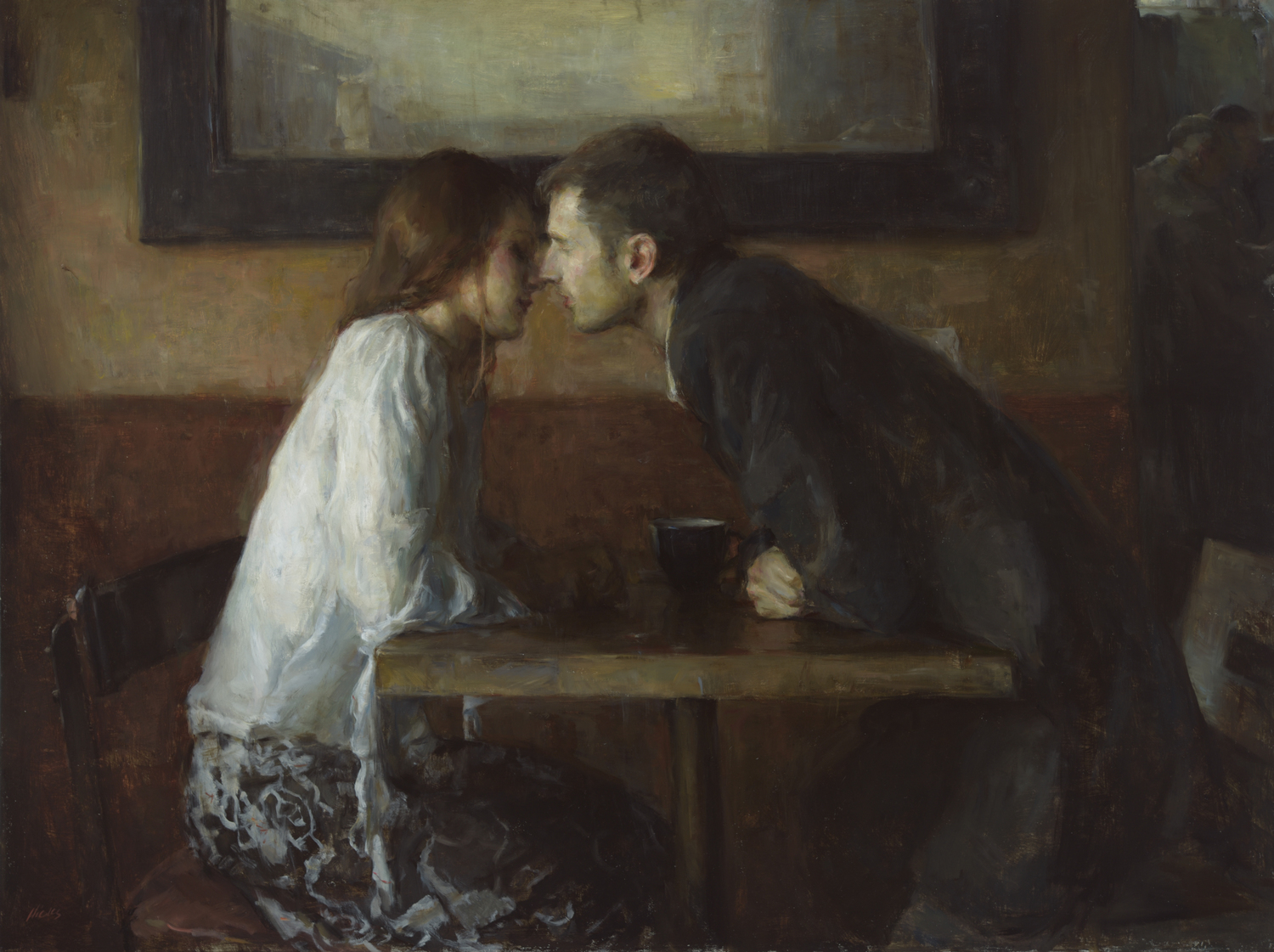Paolo Caliari, detto Paolo Veronese nacque a Verona nel 1528, da un Gabriele tagliapietra e da Caterina; morì a Venezia il 9 aprile 1588. Suo primo ed effettivo maestro, ricordato dai documenti, fu il pittore Antonio Badile (1518-1560) presso il quale il giovane Veronese fu a bottega; e non molto maggiore importanza per il principiante dovette avere l'arte di Domenico Brusasorci (nato nel 1516): ambedue codesti pittori non certo grandissimi discendevano da Gianfrancesco e Giovanni Caroto, artisti di quella branca che s'ingegnava a orientare la pittura veronese verso Venezia.
Sulla prima formazione tecnica di Veronese dovettero anche avere efficienza i maestri bresciani Romanino, Moretto e Savoldo, presenti con opere a Verona al suo tempo. Scarsamente tuttavia: ché il giovane Caliari aveva in sé troppa forza per poter soggiacere all'inferiorità espressiva dei citati; e, per quel tanto che volle seguire la loro via, preferì farlo rivolgendosi direttamente alla fonte delle novità tecniche ch'essi portavano in patria: a Venezia, cioè, la quale esercitò subito su di lui il suo altissimo fascino.


.jpg)
.jpg)




